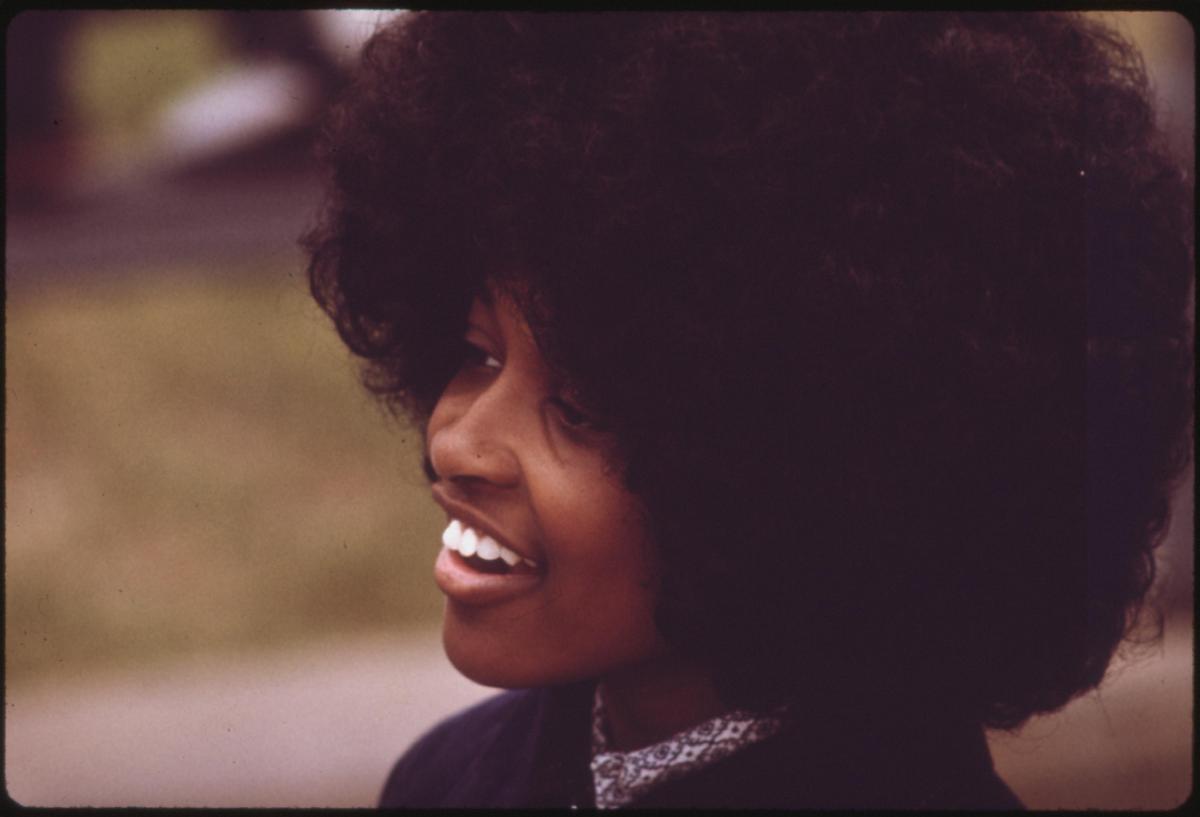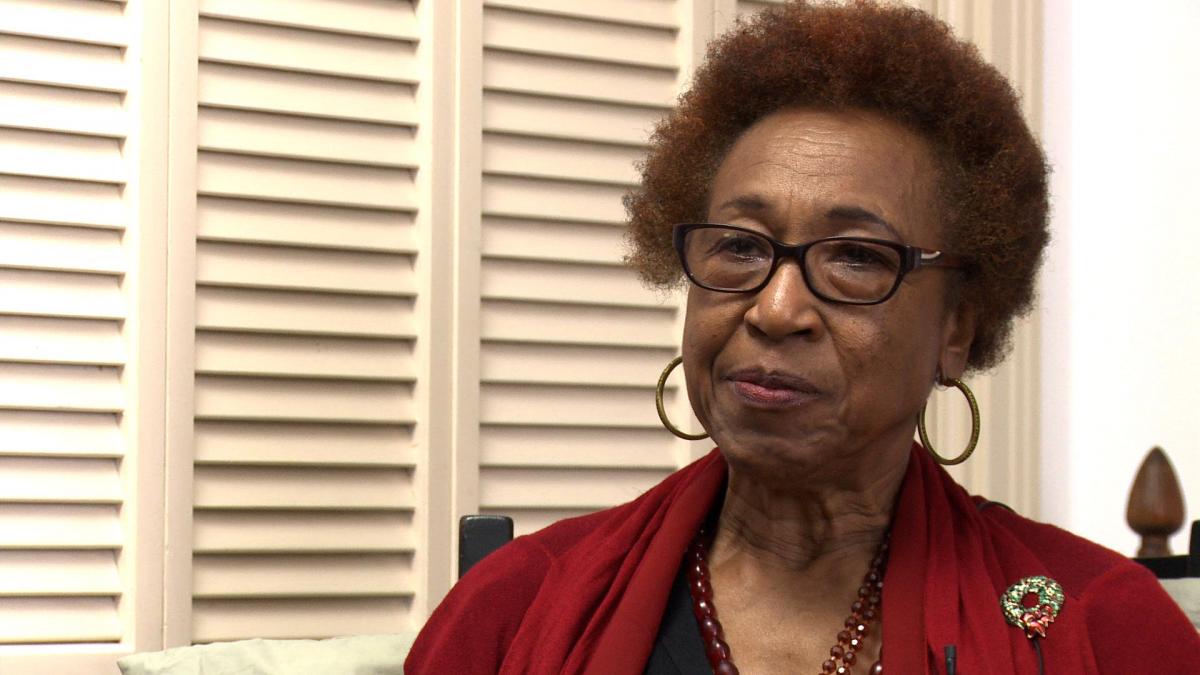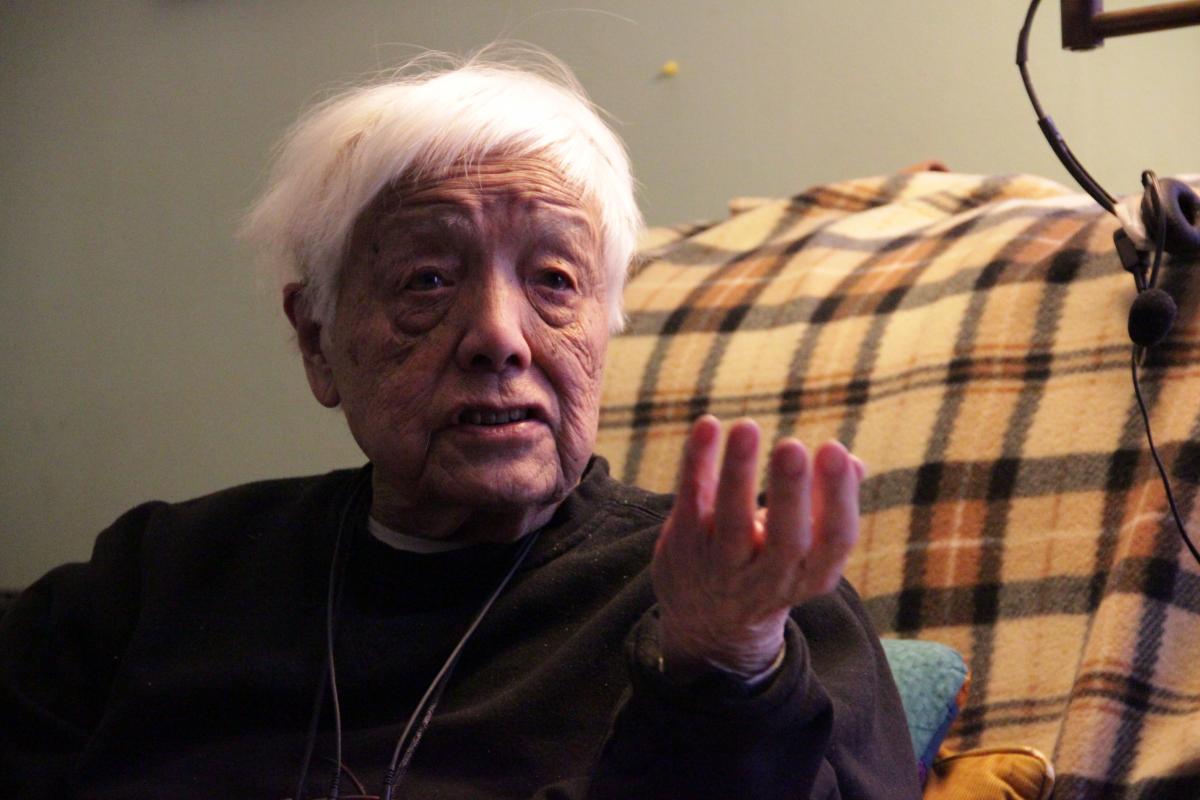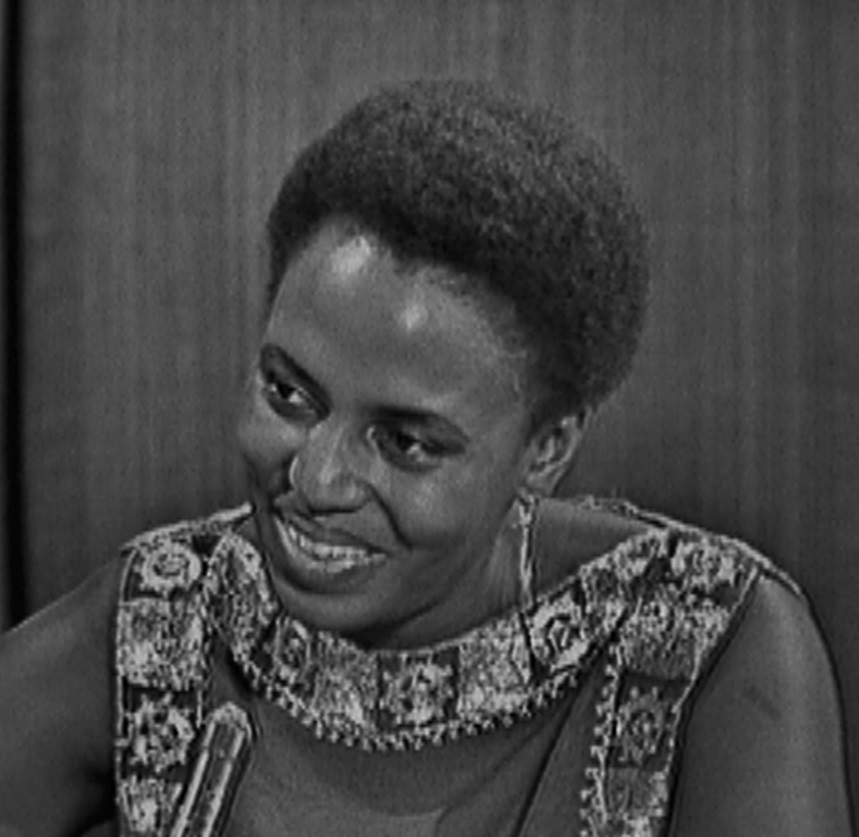
Women in Black Power
Search the Catalog for Records Relating to Women in Black Power
Selected Women of the Black Power Movement
Frankye Adams (Malika)
Grace Lee Boggs (June 27, 1915 - October 5, 2015)
Miriam Makeba (March 4, 1932 - November 9, 2008)
Mae Mallory (June 9, 1927 - 2007)
Mae Mallory was a civil rights activist known for her support of armed self-defense and school integration. She was the founder of the “Harlem 9,” a group of nine Black mothers formed to protest the inferior conditions of schools in New York City during the 1950’s. Mallory argued that despite the ruling of Brown vs. Board of Education, the zoning policies of the NYC Board of Education essentially ensured that segregation in the city was still very much in place. Formed in 1956, the Harlem 9’s goal was “open transfer” for their children, which would allow them to attend integrated schools outside of their district that did not suffer from overcrowding, poor building conditions, and inexperienced teachers. The work of the Harlem 9 included legal action against the city and state of New York, boycotts, and public protests. Mae Mallory and the Harlem 9 eventually secured the right to transfer their children to integrated schools with a victory in the courts in 1960, which included the concession of the NYC Board of Education that they had indeed perpetuated “de facto” segregation in their boroughs.
Mae Mallory also supported numerous other civil rights initiatives, including work with Robert F. Williams and the NAACP during the Freedom Rides in 1961, when she hosted SNCC student riders who were participating in Monroe, North Carolina. During this time, Mallory was accused of kidnapping a white couple, despite having actually let the couple stay in her home to avoid any danger from armed protesters who had gathered in response to the Freedom Riders.
Fearful of retaliation from the KKK, Mallory fled from North Carolina to Cleveland, Ohio, where she was eventually captured after six weeks in hiding. While in prison, she worked to publicize her case, as well as shed light on the experiences of Black women in America and advocate for separatism, socialism and self defense through speeches, letters, and press releases. She was extradited back to North Carolina to stand trial for the kidnapping charge in 1964. The all-white jury sentenced her to 16-20 years in prison, but she was later exonerated in 1965 due to racial discrimination during the jury selection.
Mae Mallory continued her activism until her death in 2007. Throughout her life Mae Mallory consistently called for self-defense, liberation, and that Black people be masters of their own fate - militant forms of Black Power often associated with men. She participated in demonstrations against the Vietnam War, the U.S. occupation of the Dominican Republic, and was a persistent advocate for self-defense and the voices of working-class black women in the fight for civil rights.
Social Networks and Archival Context - Mae Mallory



